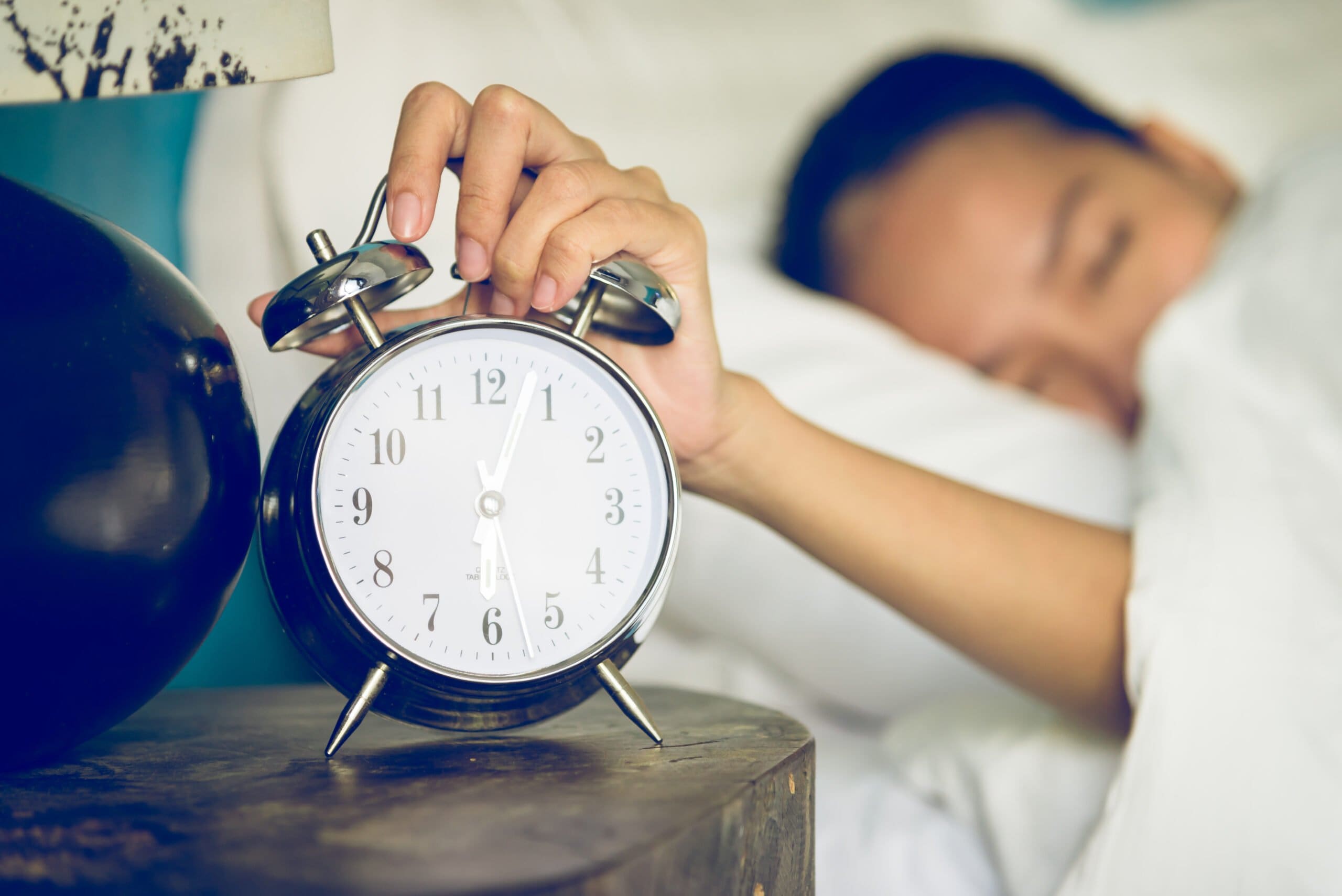
Daylight Savings Time ends on Sunday November 7th at 2am. This is when the clocks turn back one hour. Th idea of turning back the clocks an hour was created by Benjamin Franklin to encourage people to use the natural sunlight and spend hours of daylight getting their tasks accomplished. Changing the clocks, for both the fall and springtime, can cause disruptions in sleep and changes in routines due to less daylight. Here are just a few tips to get prepared for Daylight Savings Time ending soon.
Change your Clocks the Night Before
If you don’t plan on being awake at 2am when the clocks are supposed to change, plan on changing all of your clocks the night before. This way, when you wake up the next morning, you are not wondering what the correct time actually is. Make sure to go room by room in your house, changing wall and alarm clocks. Most digital devices will change on their own, but it’s always good to double check. And, don’t forget to change the clock in your car as well.
Check Detectors and Replace Batteries
Some people use Daylight Savings Time as an opportunity to change out the batteries in their smoke detectors and carbon monoxide detectors throughout their home. It is recommended that you check these at least once a year, so aligning your reminder with Daylight Savings time makes sure you will check them at least those two days a year spaced evenly apart.
Stick to a Sleeping Routine
Most people believe that adjusting to Daylight Savings Time in the spring where we “spring forward” by an hour, is the hardest time to adjust. However, falling behind also requires some adjustment. To help decrease your chances of having alterations in your schedule, try to stick to a consistent schedule leading up to the change. It’s also recommended to decrease screen time for at least an hour before bedtime to reduce brain stimulation. Caffeine and alcohol are also stimulants for your brain, so be sure to not consume either within a few hours of bedtime to ensure a quality sleep.
Adjust Outdoor Activities
One of the downfalls of Daylight Savings Time ending is that it gets darker outside much earlier in the day. This will require some adjustment if you have outdoor activities in your day to day life. For example, if you typically walk your dog when you get home from work, you may need to start walking your dog in the morning’s before work instead. This way you have more daylight rather than it already being dark out when you get home. Same adjustments can be made for exercising outside, property maintenance, and other outdoor activities.
